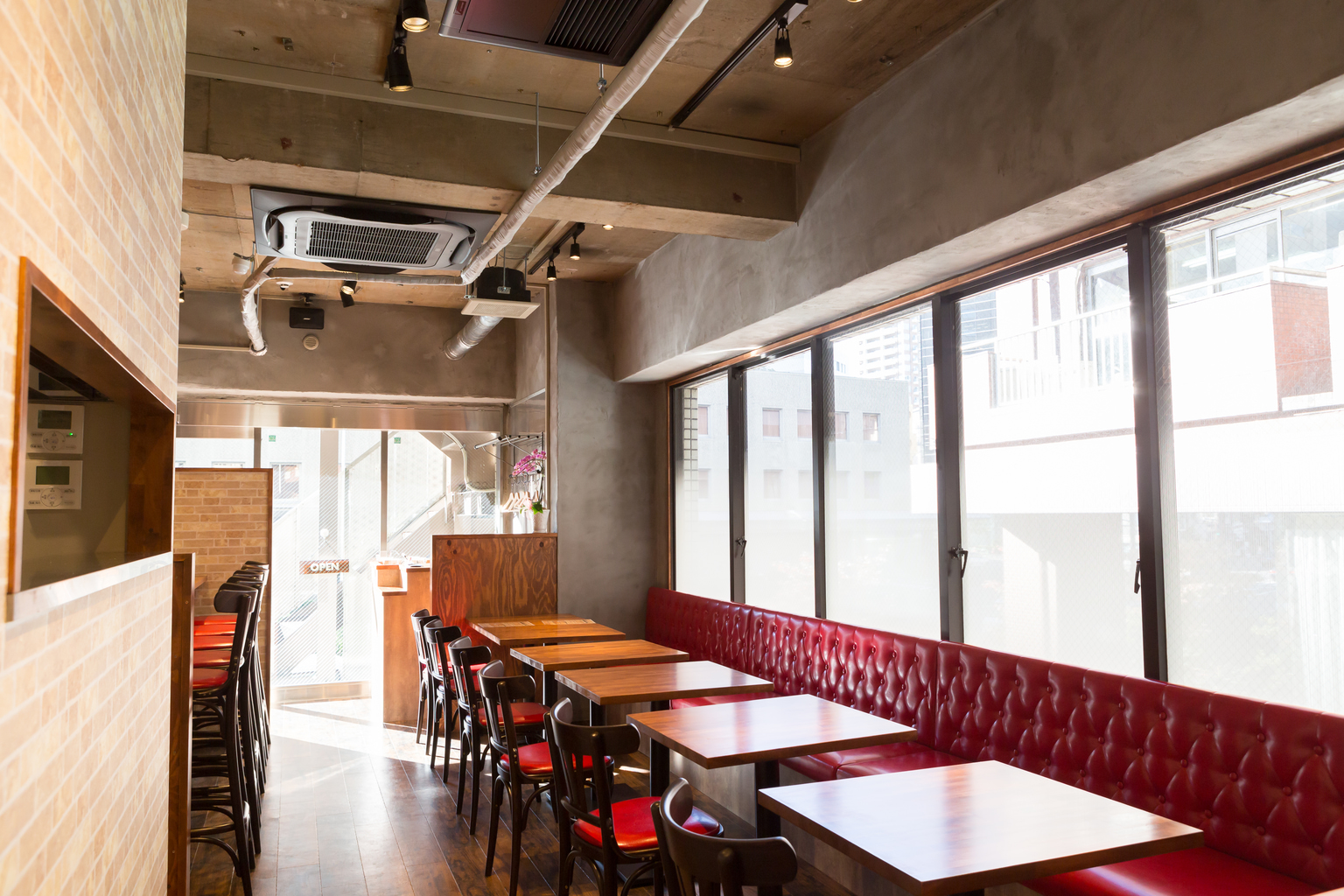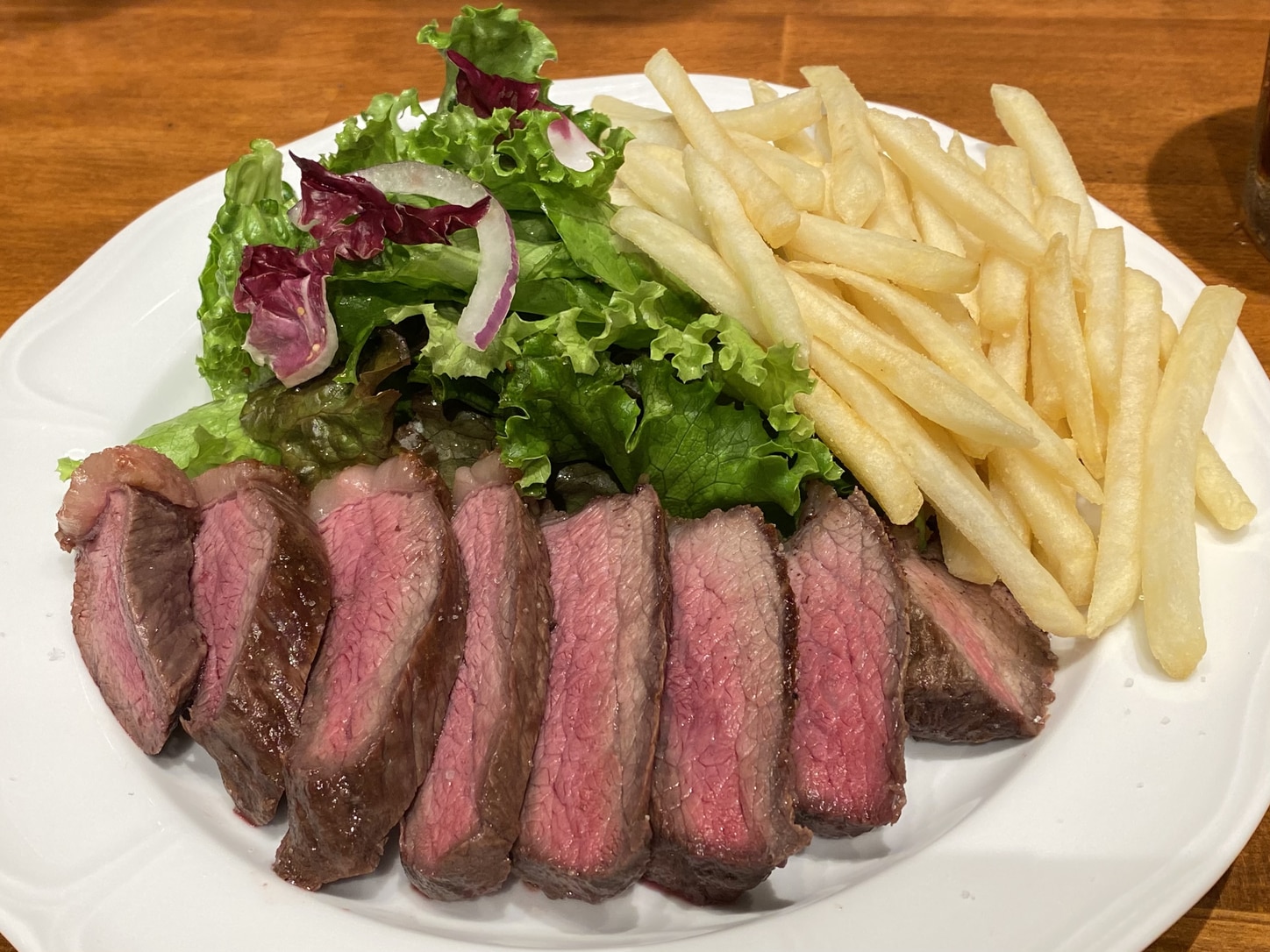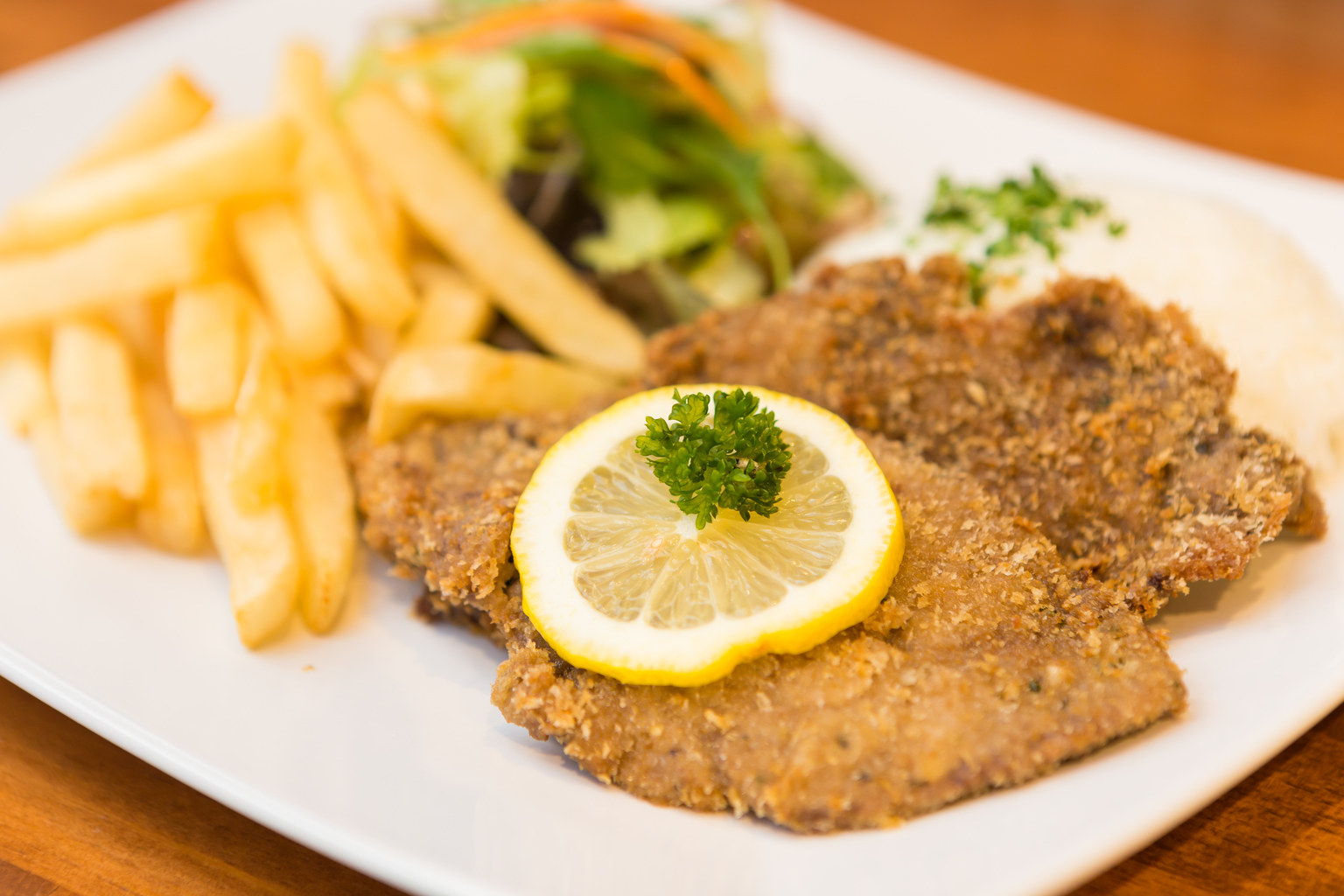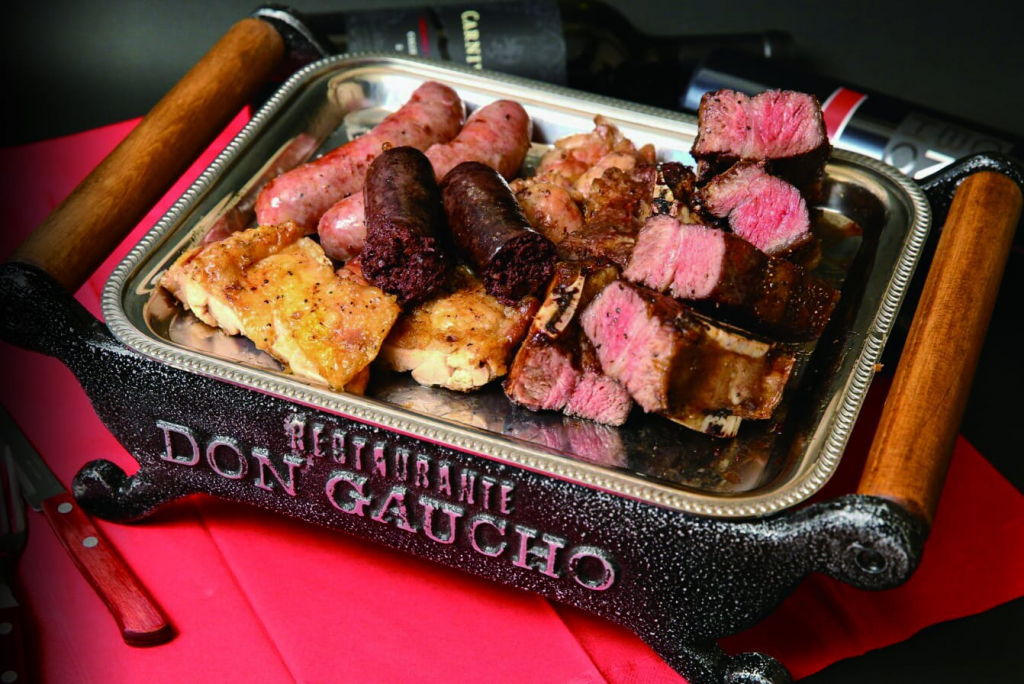“We’re not an authentic Argentinian restaurant nor do we claim to be,” says Yoshito Izawa, the manager at Don Gaucho, one of the few Argentinian barbeque restaurants in Tokyo. “We adapt the flavors of Argentina to the Japanese palate. Our customers make suggestions and we adjust accordingly,” he explains, trying to make himself audible over the chatter of customers sitting nearby, most of them speaking in foreign languages. The salty spice of chorizo fills the air. It’s a weekday evening, but at Don Gaucho all the tables are full.
The Coordinates of Argentinian Food
Upon mention of Argentina, many think of Diego Maradona, Lionel Messi or tango, but the country is also widely acclaimed for its top-class meat. Grass-fed cattle roam every corner of the South American nation, from the Northeastern fields through the green plains of La Pampa all the way south to the Patagonian Steppe. Meat is Argentina’s staple food. Asado, a beloved barbeque served on almost any occasion, is, for many, the taste of Argentina on a plate, or, rather, on a grill. And the place to savor it in Tokyo is undoubtedly Don Gaucho.

The restaurant interior
Located a few steps away from Kudanshita Station, this small restaurant is where Argentinian expats satisfy their meat cravings and office workers enjoy a wholesome meal after a long workday. Before the pandemic, tourists staying at hotels in the area made up a big portion of the customer base. Now, despite Japan being closed off to overseas visitors, the restaurant continues to maintain its popularity through foreign residents.
“Many of our customers are foreigners, some from South America. Some of our Japanese customers have visited Argentina and come to Don Gaucho because they feel nostalgic about the food,” says Izawa.
Argentina was under Spanish rule for hundreds of years until it became independent in the 19th century. But it wasn’t until several decades later that herds of Italian immigrants settled in and quickly became the core demographic. Most Argentinians have Italian ancestry. Many are descendants of immigrants from all realms of the world who made the country their home and enriched its food culture.
Argentinian gastronomy is distinctively Creole: a mixture of European, Indigenous and African culinary traditions. Several of its long-established dishes are variations of old Italian and Spanish recipes.

Charcoal Grilled Ichibo Steak Plate
Don Gaucho’s Delicious Offerings
If you’re planning a meat lovers’ night out with friends, share the premium asado, complete with sweetbread, boneless ribs, skirt steak, aitchbone, flank and chorizo. It also includes the classic morcilla (blood sausage) — a particularly dense bite that you’ll either hate or love. There’s also homemade chimichurri sauce, the sole garnish Argentinians agree on using on their meat. It’s a fragrant condiment made up of finely-chopped parsley, minced garlic, olive oil, paprika and oregano. For solo diners, the ribeye steak or the charcoal-grilled ichibo steak plate are recommended.
“Milanesa is a dish we serve truly Argentinian style,” Izawa says. It’s true. The crispy cutlet comes with fries and a salad. The serving is chunky enough for Argentinian standards, which stand almost in the antipodes of delicately small Japanese food arrangements. It’s a suitable lunch option for when you’re really hungry but don’t want to feel heavy after eating. Milanesa is a fried breaded veal steak originally from Italy that quickly became one of Argentina’s most treasured comfort foods.

Milanesa
The newest addition to Don Gaucho’s set lunch menu is spicy beef curry. “We added the curry option upon request of our customers,” Izawa explains. It isn’t necessarily a common dish in Argentina, where many Asian food traditions are yet to make their mark. The Japanese-style meal slipped into the menu to balance things out and is now one of their most ordered options.
Wine, Sweets and Smiles
Surprisingly, Argentinian wines aren’t what brings customers to the restaurant. “They’re not so well-known yet,” Izawa admits. “European or Californian wines are the most popular, Chilean wines are also favored. But once customers take a sip of an Argentinian Malbec, they usually grow fond of it.” French Argentinians are to thank for that one. Wine was declared Argentina’s national drink only in 2010, but really held that title for hundreds of years off the record. Acidic red wines that pair well with red meat are the most typical.

Don Gaucho wines
There are no desserts at Don Gaucho, which isn’t entirely surprising. Most Argentinian sweets are, for many, too sweet. One example is the alfajores, a confection made up of a thick layer of caramel milk jam sandwiched between two soft biscuits. But you’ll find jars of the jam used for the filling, dulce de leche, for sale by the cashier. If you’re curious to know why peanut butter and Nutella never stood a chance against this monopolistic spread in Argentina, pick up one of those on your way out.
The food at Don Gaucho may be somewhat of a fusion, an unlikely meeting of flavors from opposite ends of the world, but its service is genuine. The staff won’t treat you like any old customer. They’ll instead greet you like an old friend who’s welcome to come in and have a good time over a filling meal and a glass of red wine. That is ultimately the closest you can get to being in a steakhouse in Buenos Aires without leaving Tokyo.
Looking for more international authentic eats? Check out TW’s Rare Foodie Finds.









